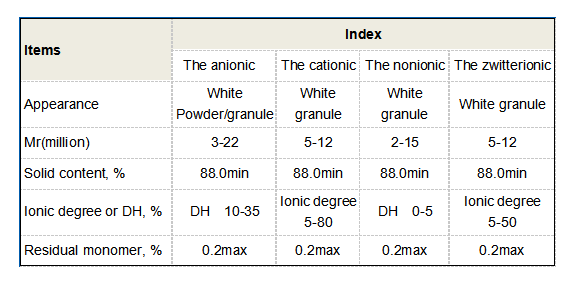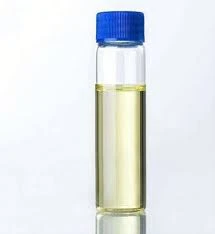1 月 . 21, 2025 03:24
Back to list
different types of flocculants
Flocculants are essential in various industries, particularly in water treatment, where they facilitate the aggregation of suspended particles. Understanding the different types of flocculants is crucial to optimizing treatment processes, ensuring environmental compliance, and enhancing operational efficiency.
5. Nonionic Flocculants These are polymers without any charge, offering versatility across various pH levels and ionic environments. Nonionic flocculants are employed in scenarios where charge interactions need minimal interference, such as in the treatment of very fine colloidal suspensions. They are noted for their ability to stabilize flocs, making them a preferred choice in dairy and sugar industries. 6. Biopolymer Flocculants Biopolymer flocculants, derived from natural substances like chitosan and starch, offer eco-friendly alternatives. These flocculants are gaining popularity due to their biodegradability and low toxicity. In environmental and food-related applications, biopolymers are favorable due to their sustainable production methods and minimal environmental impact. When selecting a flocculant, several factors merit consideration - Water Chemistry The type and concentration of suspended solids and overall water chemistry can dictate the choice of flocculant. - Cost Efficiency Balancing the cost of flocculant use against the treatment results is vital for financial sustainability. - Regulatory Compliance Compliance with local environmental regulations and standards often influences the selection process. - Process Compatibility The chosen flocculant must integrate seamlessly with existing equipment and treatment methods. Expert understanding of flocculants and their applications is instrumental in achieving targeted results. Companies offering water treatment solutions should prioritize continuous research and development. By staying abreast of the latest advancements in flocculant technology, they ensure enhanced performance and environmental stewardship. In conclusion, the diverse types of flocculants provide solutions for a vast array of industrial challenges. By leveraging their specific properties and applications, businesses can optimize processes, reduce costs, and meet stringent environmental regulations while maintaining the highest standards of performance and safety.


5. Nonionic Flocculants These are polymers without any charge, offering versatility across various pH levels and ionic environments. Nonionic flocculants are employed in scenarios where charge interactions need minimal interference, such as in the treatment of very fine colloidal suspensions. They are noted for their ability to stabilize flocs, making them a preferred choice in dairy and sugar industries. 6. Biopolymer Flocculants Biopolymer flocculants, derived from natural substances like chitosan and starch, offer eco-friendly alternatives. These flocculants are gaining popularity due to their biodegradability and low toxicity. In environmental and food-related applications, biopolymers are favorable due to their sustainable production methods and minimal environmental impact. When selecting a flocculant, several factors merit consideration - Water Chemistry The type and concentration of suspended solids and overall water chemistry can dictate the choice of flocculant. - Cost Efficiency Balancing the cost of flocculant use against the treatment results is vital for financial sustainability. - Regulatory Compliance Compliance with local environmental regulations and standards often influences the selection process. - Process Compatibility The chosen flocculant must integrate seamlessly with existing equipment and treatment methods. Expert understanding of flocculants and their applications is instrumental in achieving targeted results. Companies offering water treatment solutions should prioritize continuous research and development. By staying abreast of the latest advancements in flocculant technology, they ensure enhanced performance and environmental stewardship. In conclusion, the diverse types of flocculants provide solutions for a vast array of industrial challenges. By leveraging their specific properties and applications, businesses can optimize processes, reduce costs, and meet stringent environmental regulations while maintaining the highest standards of performance and safety.
Share
Next:
Latest news
-
The Ultimate Guide to Flocculants: Transforming Water TreatmentNewsNov.01,2024
-
Improve Your Water Treatment Solutions with PolyacrylamideNewsNov.01,2024
-
Enhance Your Water TreatmentNewsNov.01,2024
-
Empower You to Achieve the Highest Standards of Water QualityNewsNov.01,2024
-
Effective Scale InhibitorsNewsNov.01,2024
-
Discover the Power of Poly Aluminum Chloride in Water TreatmentNewsNov.01,2024





